The automotive industry has been a cornerstone of technological advancement for over a century. As we approach 2030, several features that were once considered revolutionary are predicted to become obsolete. This is because of technology advancements, evolving consumer preferences, and the increasing emphasis on sustainability. In this article, we will explore twelve car features likely to vanish by the end of this decade.
Manual Transmissions
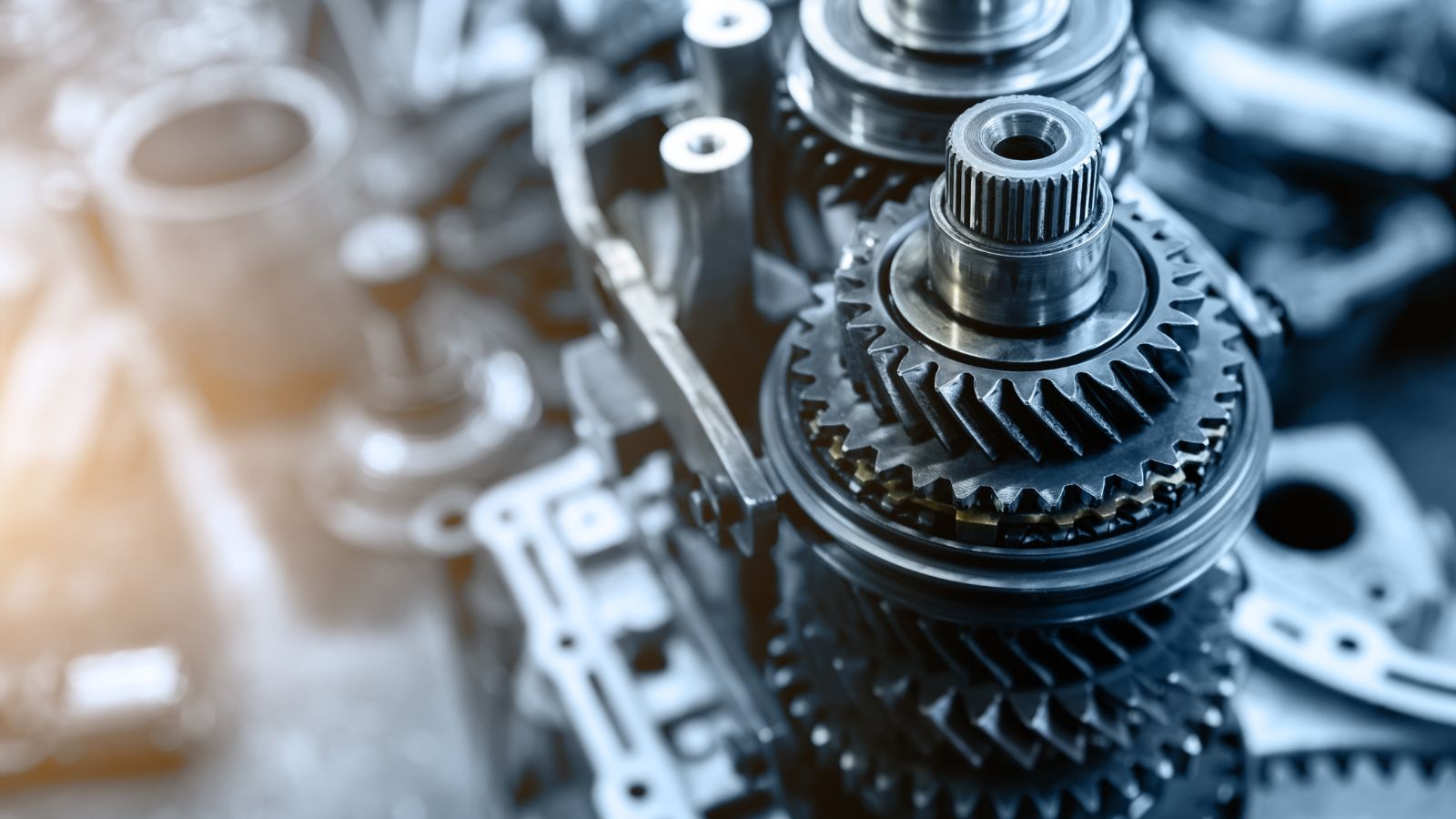
Manual transmissions have long been celebrated for providing a more engaging driving experience. Enthusiasts often laud the control and connection to the vehicle that comes with a stick shift. However, as electric vehicles (EVs) typically use single-speed transmissions and the increasing sophistication of automatic transmissions, manuals are becoming less common. By 2030, manual transmissions are expected to be largely phased out as manufacturers streamline production and focus on efficiency and ease of use.
Internal Combustion Engines
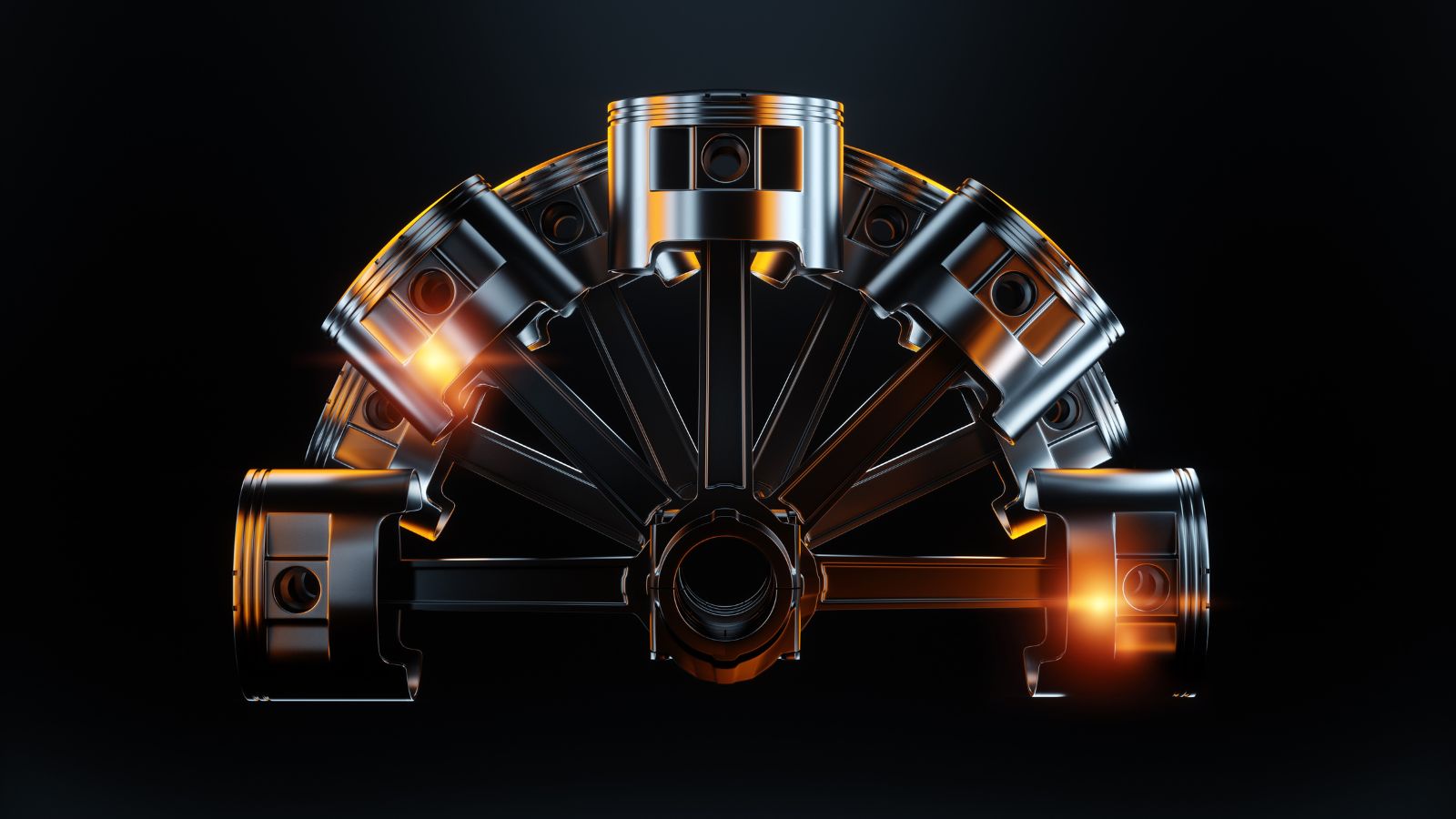
The internal combustion engine (ICE) has powered automobiles for over a century, but its reign is ending. The push for cleaner energy and the advent of electric vehicles drive this change. Governments worldwide are implementing stricter emissions regulations and offering incentives for EV adoption. As battery technology advances and charging infrastructure expands, the ICE is set to become a relic of the past by 2030.
Keyed Ignition Systems
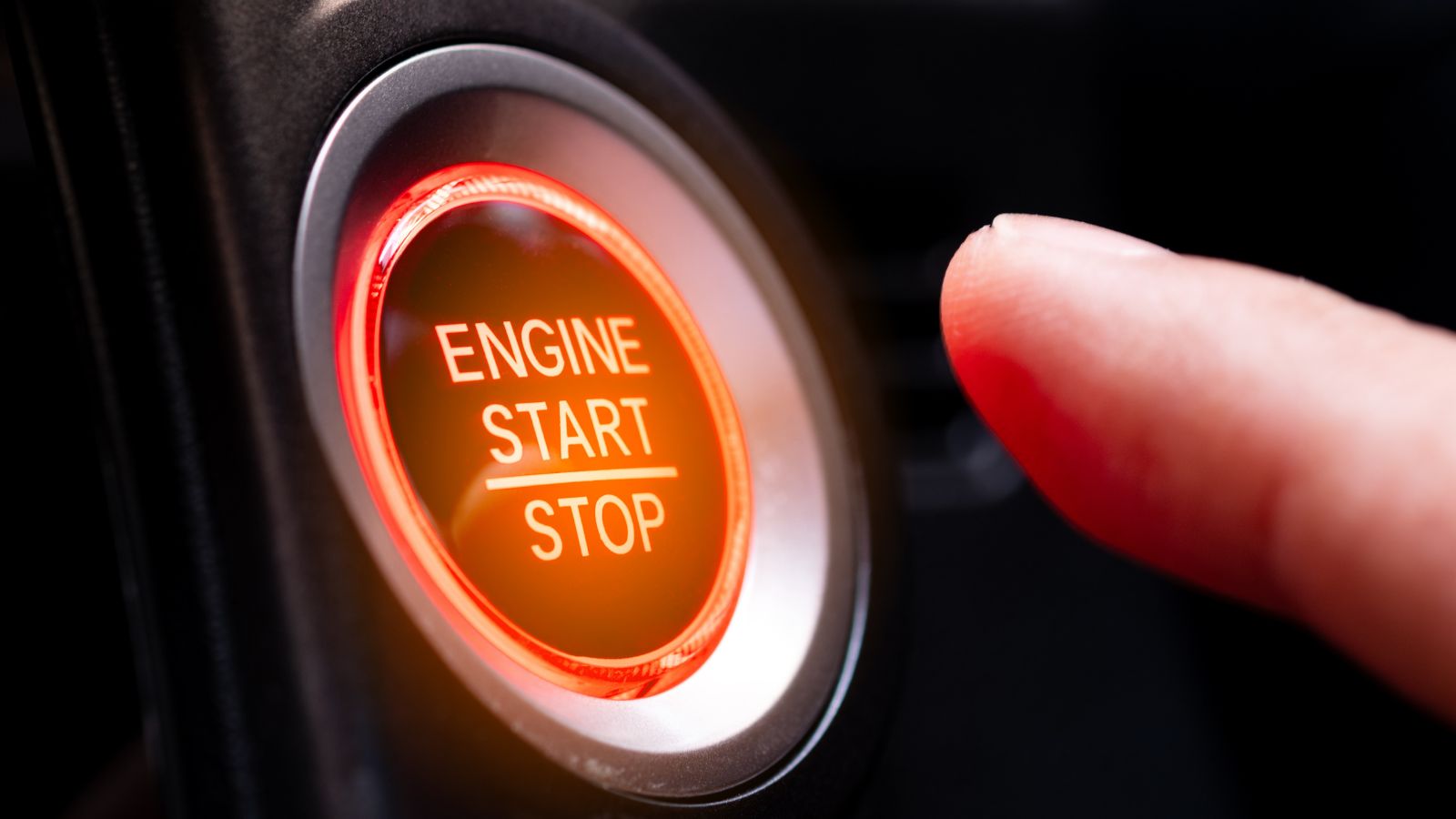
Keyed ignition systems have been a staple in automotive design since the early 20th century. Introduced in 1949 by Chrysler, these systems revolutionized car starting mechanisms by combining the starter and ignition switch functions. The traditional metal key, cut to match a specific lock pattern, provided security by preventing unauthorized access and start. However, the advent of keyless entry and push-button start systems renders them obsolete. Modern vehicles often come equipped with critical fobs, allowing seamless entry and ignition. These systems offer increased security and convenience, making traditional keyed ignitions a thing of the past.
CD Players
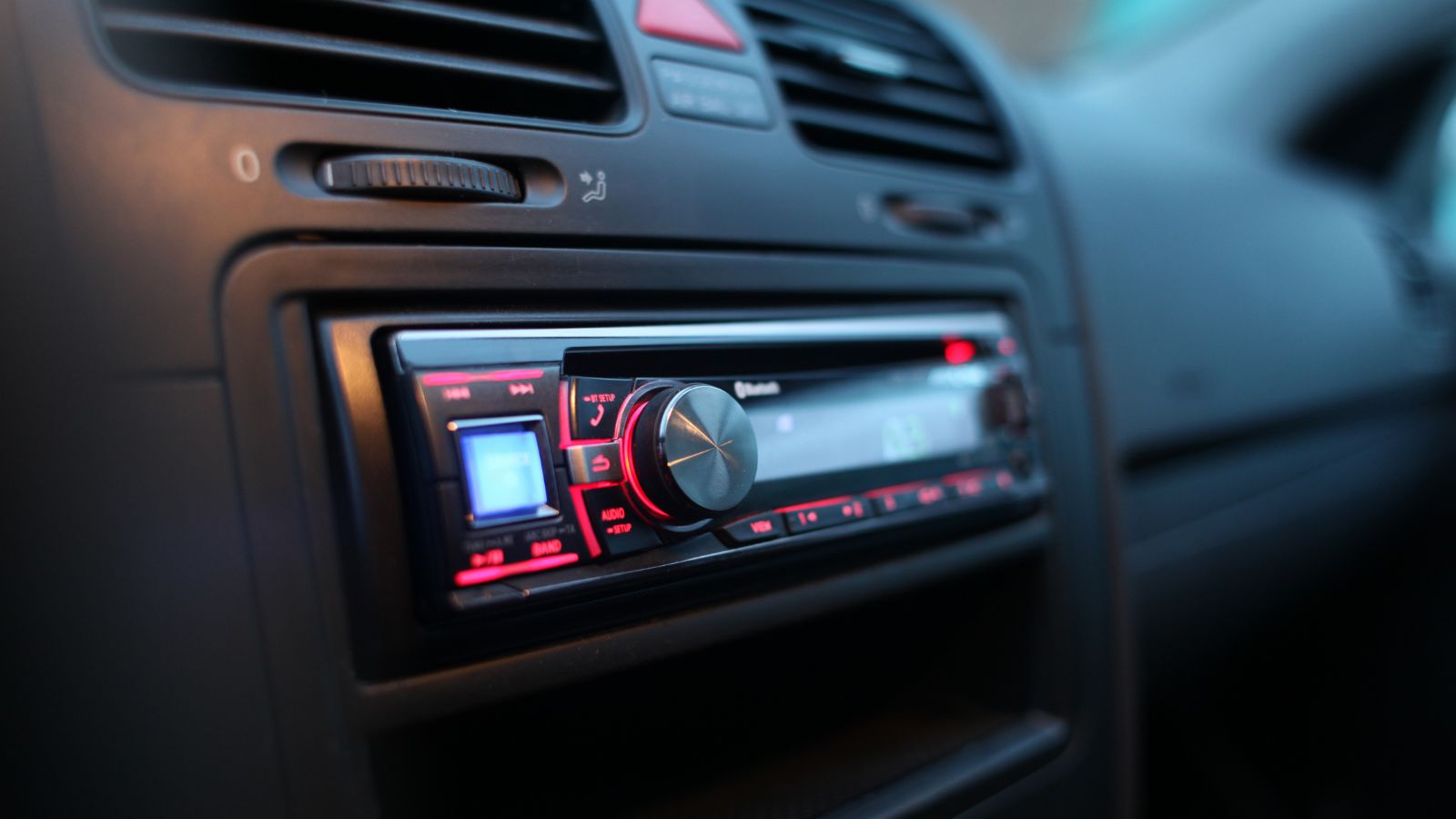
CD players were once the pinnacle of in-car entertainment, but the rise of digital media has made them obsolete. With the proliferation of streaming services and the widespread use of smartphones, drivers can now access vast libraries of music and podcasts without the need for physical media. By 2030, CD players will likely be absent from new vehicles, replaced entirely by digital infotainment systems.
Halogen Headlights

Halogen headlights have been the standard for many years. Still, they are rapidly being replaced by more efficient and powerful lighting technologies such as LED and HID (high-intensity discharge) lights. LEDs, in particular, offer superior brightness, longer lifespan, and reduced energy consumption. As these technologies become more affordable and widespread, halogen headlights will likely disappear from the market by the end of this decade.
Spare Tires
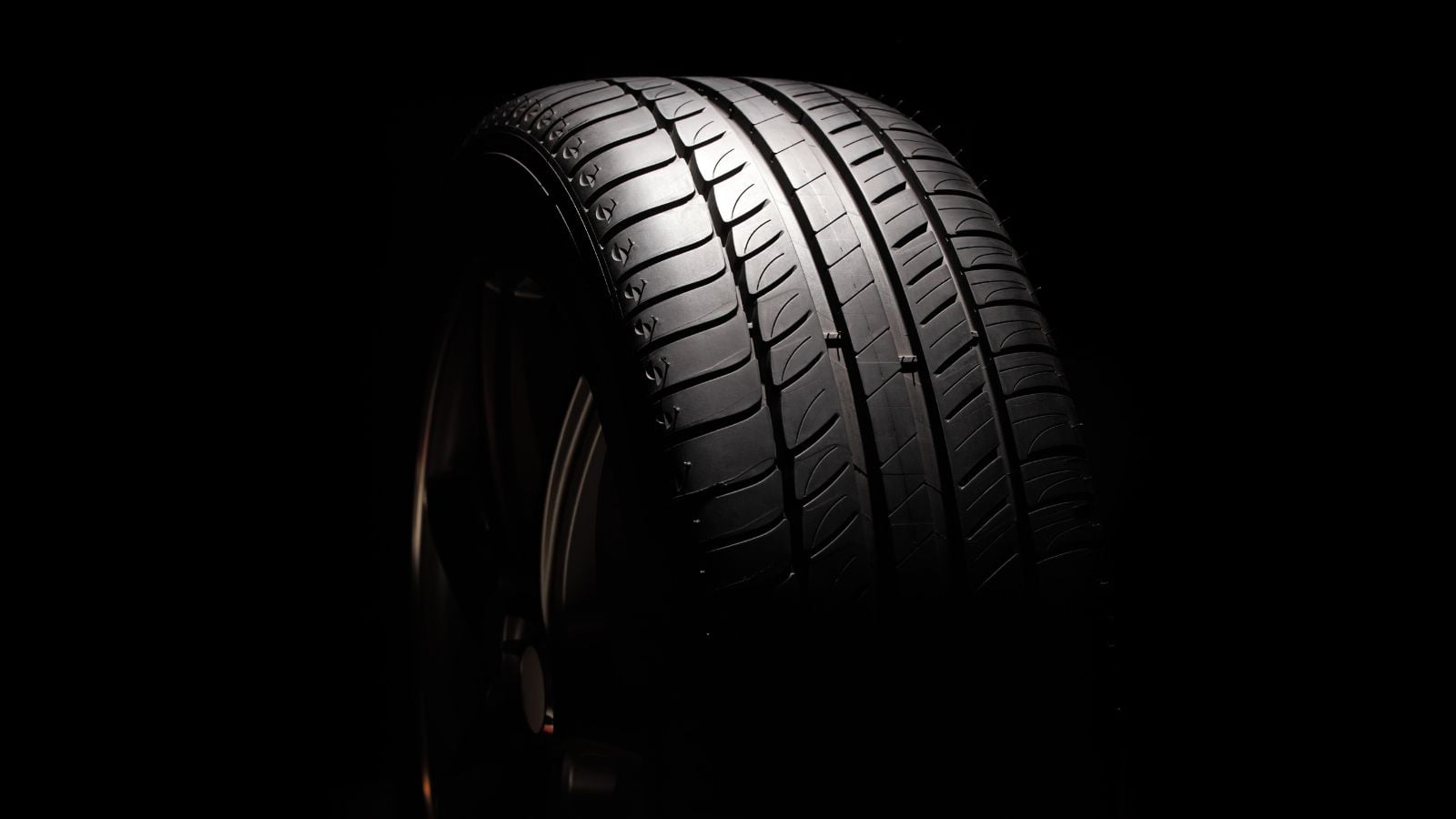
The spare tire has been a crucial backup for drivers, but its presence is dwindling in modern vehicles. Manufacturers increasingly opt for run-flat tires and tire repair kits to save space and reduce vehicle weight. These alternatives are often sufficient for minor tire issues, making the traditional spare tire unnecessary. In some years, spare tires are expected to be a rare sight in new cars.
Mechanical Handbrakes
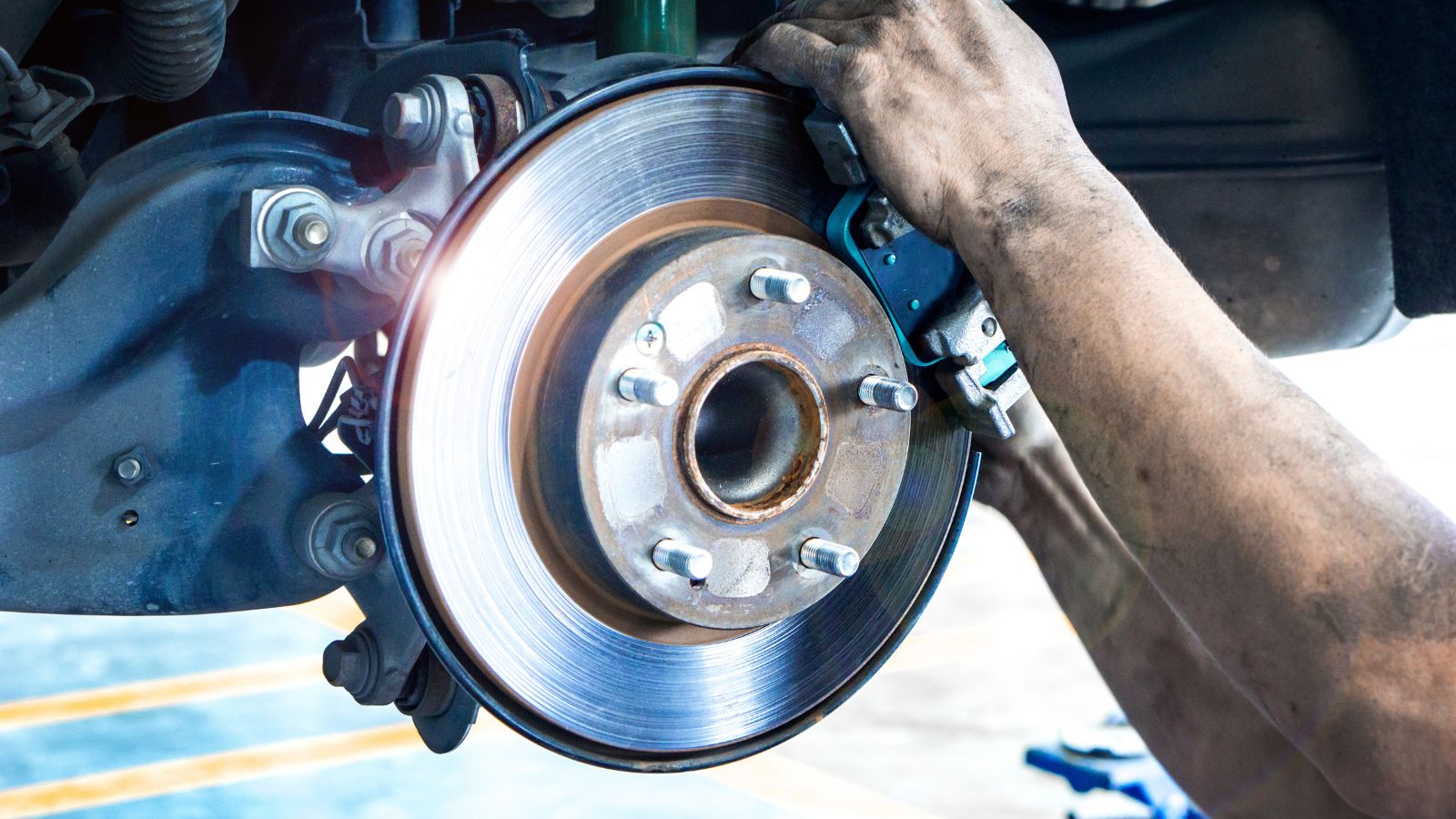
Mechanical handbrakes have been a reliable feature in cars for decades, providing drivers with a simple and effective way to secure their vehicles. However, electronic parking brakes are becoming more common, offering enhanced safety and convenience. These systems automatically engage when the vehicle is parked and can be integrated with other safety features. As a result, mechanical handbrakes are likely to be soon phased out of the market.
Analog Instrument Clusters
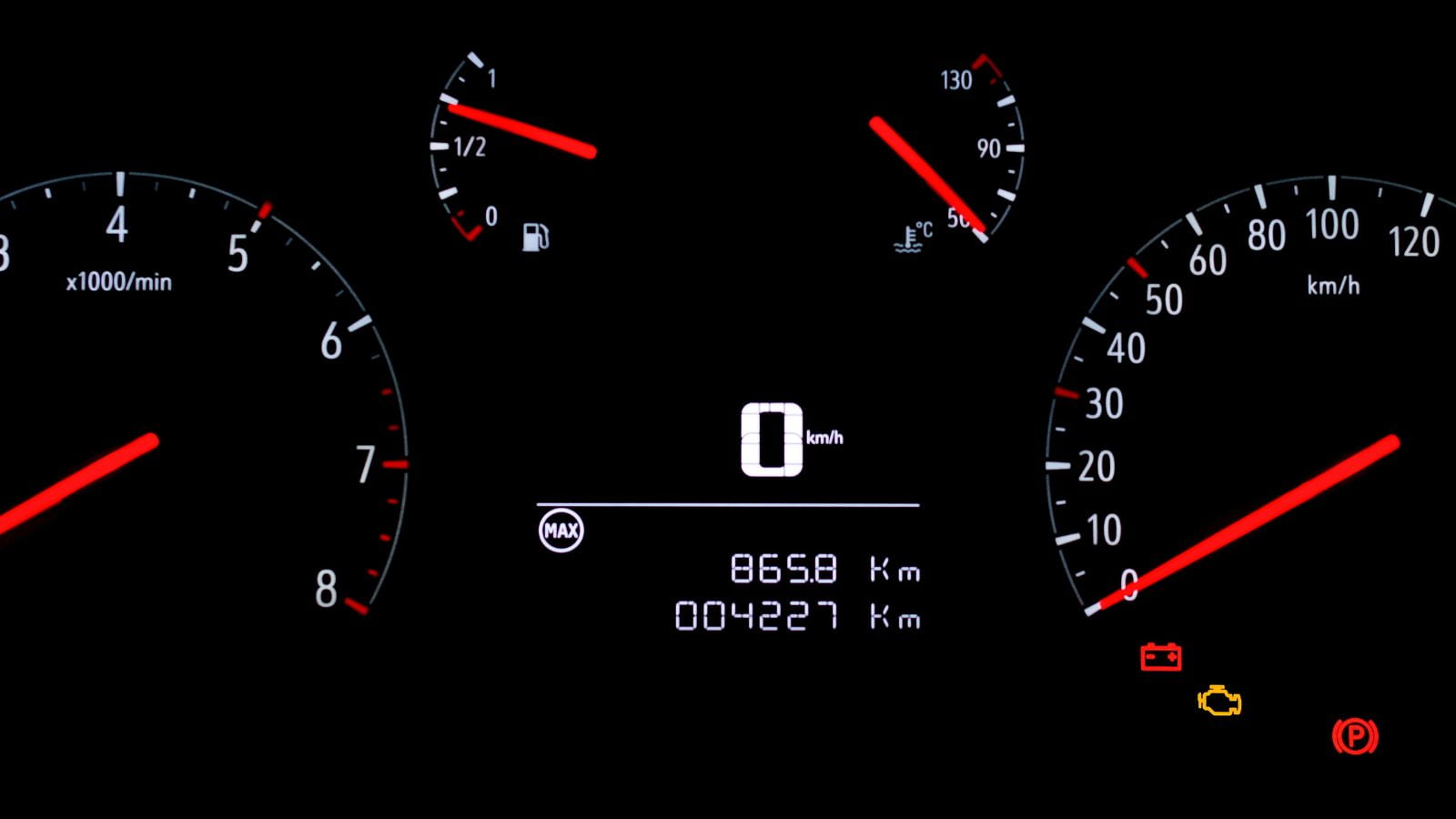
Analog instrument clusters, with their traditional dials and needles, are being replaced by digital displays in modern vehicles. Digital instrument clusters offer greater flexibility, allowing for customizable displays and integration with advanced driver assistance systems (ADAS). They can provide real-time information and alerts, enhancing the driving experience. Making sure that analog clusters will be a thing of the past within some years.
Hydraulic Power Steering
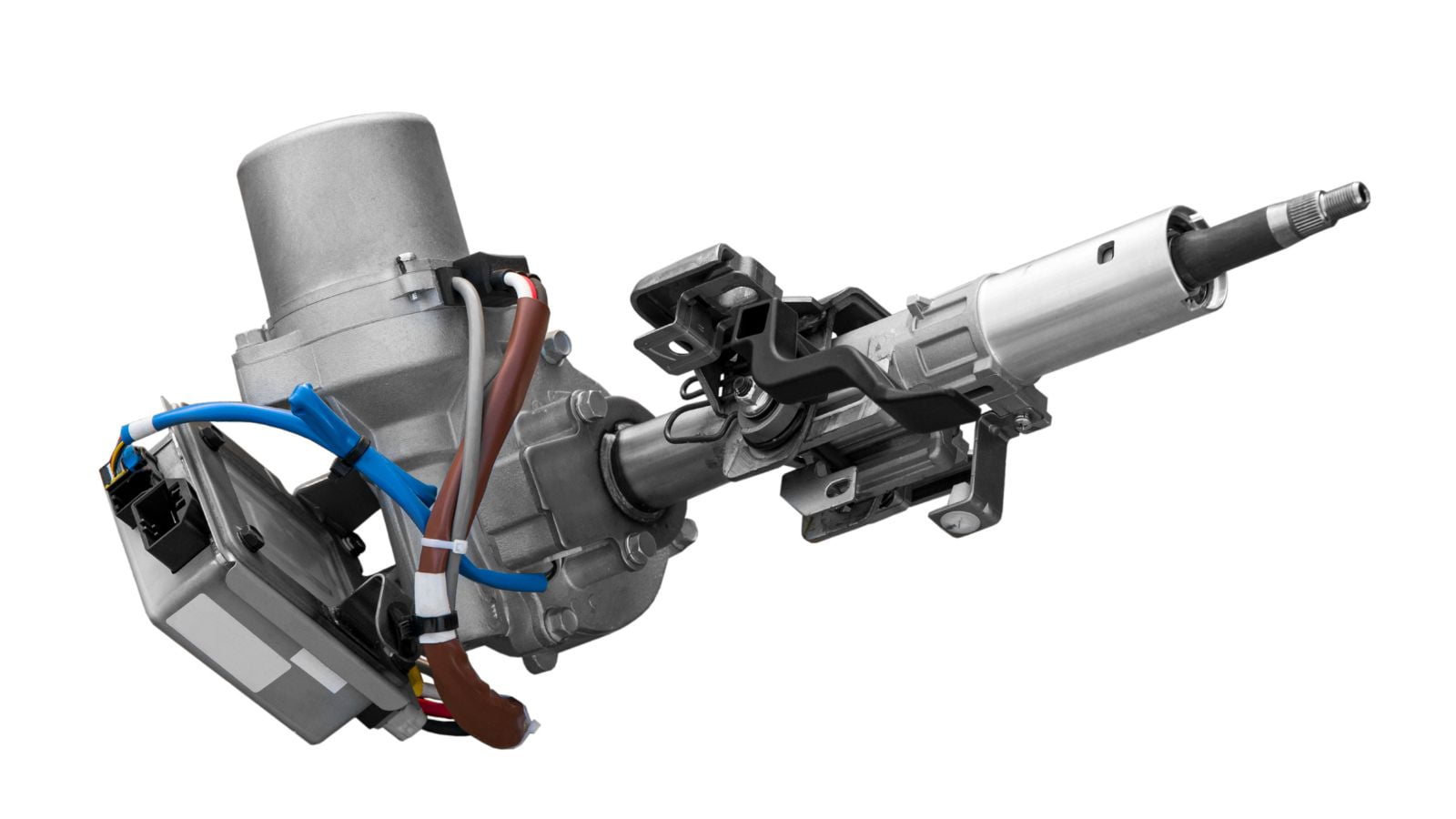
Hydraulic power steering has been a standard feature in cars for many years, but it is being supplanted by electric power steering (EPS) systems. EPS offers several advantages, including improved fuel efficiency, reduced weight, and greater ease of integration with advanced driver assistance systems. As the industry moves towards greater electrification, hydraulic power steering will soon become obsolete.
Physical Buttons and Knobs
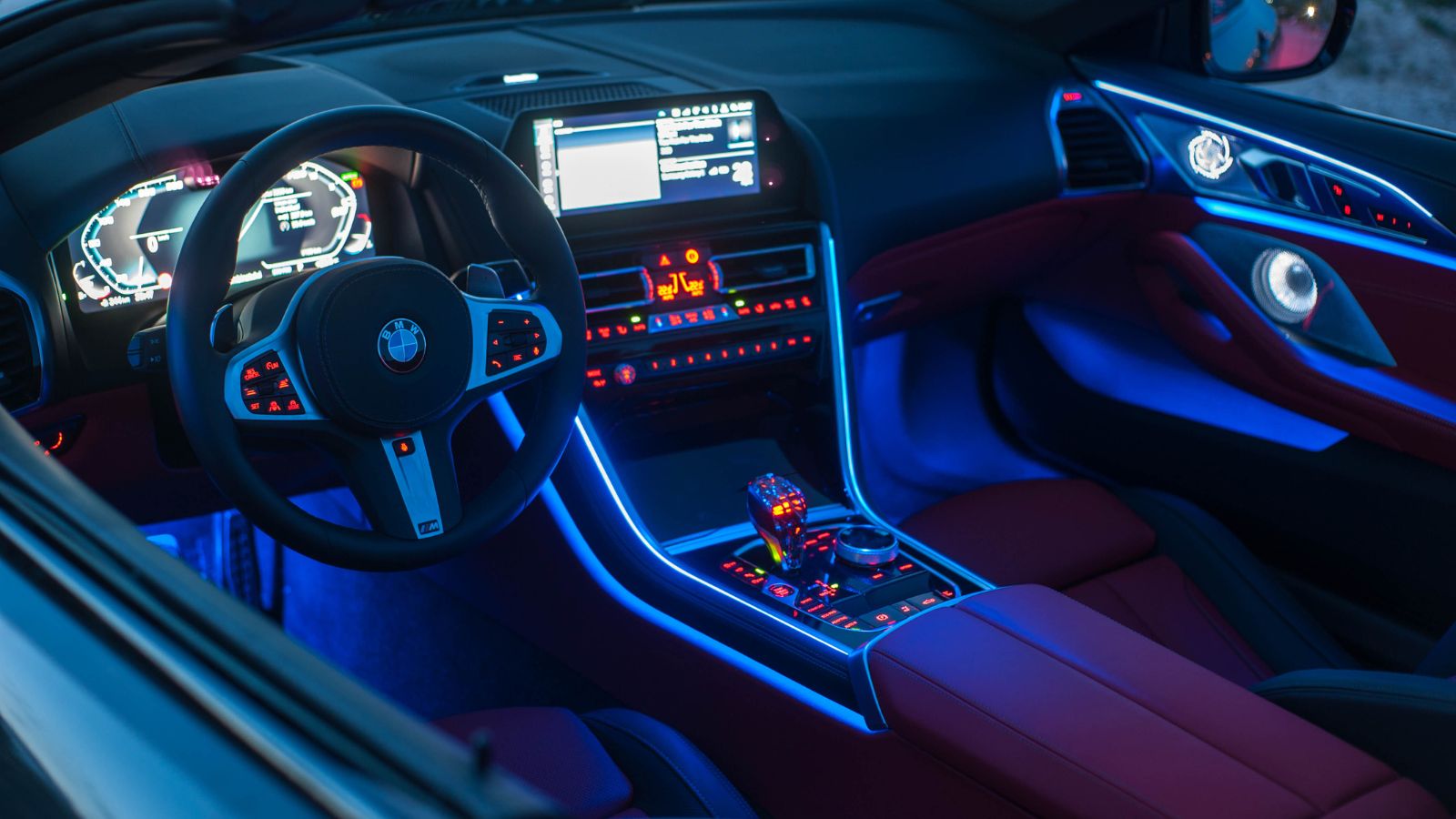
The interior of modern cars is transforming, with physical buttons and knobs being replaced by touchscreens and haptic feedback controls. Touchscreen interfaces offer a cleaner and more streamlined appearance while providing greater functionality and customization. As technology advances and drivers become more accustomed to digital interfaces, physical controls will soon disappear from car interiors.
Rearview Mirrors

Traditional rearview mirrors are being replaced by digital rearview systems, which use cameras to provide a more precise and broader field of view. Modern cars also feature auto-dimming rearview mirrors, which use sensors to detect and reduce glare from headlights behind, enhancing nighttime visibility. Some rearview mirrors are integrated with digital displays, showing live feed from rear-facing cameras, offering a broader and more accurate view, especially in blind spots. As camera technology improves and becomes more affordable, digital rearview systems are expected to become the new car standard.
Cigarette Lighters and Ashtrays
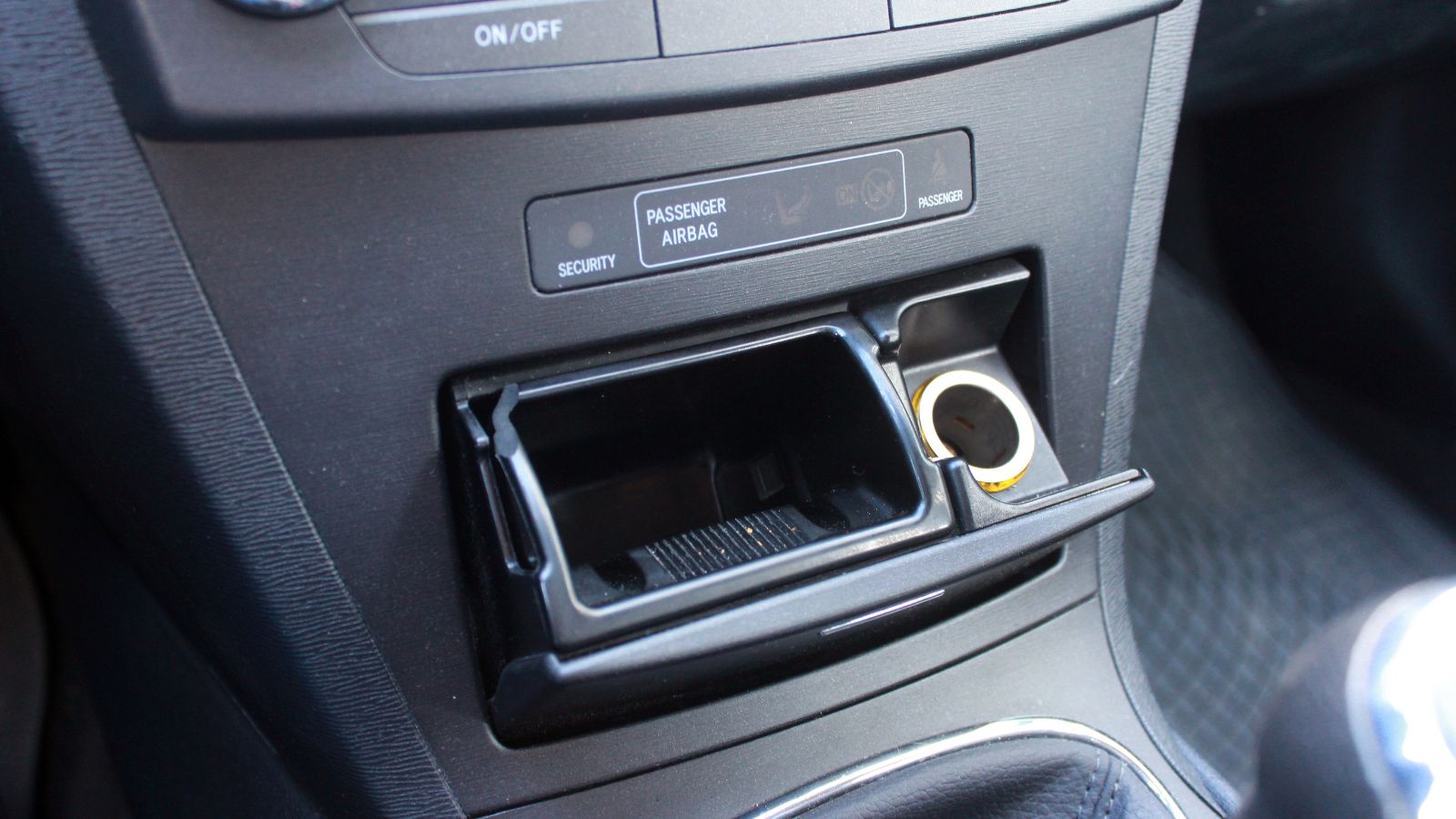
Cigarette lighters and ashtrays were once standard features in cars, catering to the smoking habits of many drivers. However, as smoking rates decline and public health awareness increases, these features are slowly disappearing from modern vehicles. In their place, manufacturers offer more useful amenities, such as additional USB ports and wireless charging pads. In short, by 2030, cigarette lighters and ashtrays will be completely phased out of the automotive world.
14 Cars with a Reputation for Running Forever and Why They Outperform the Rest
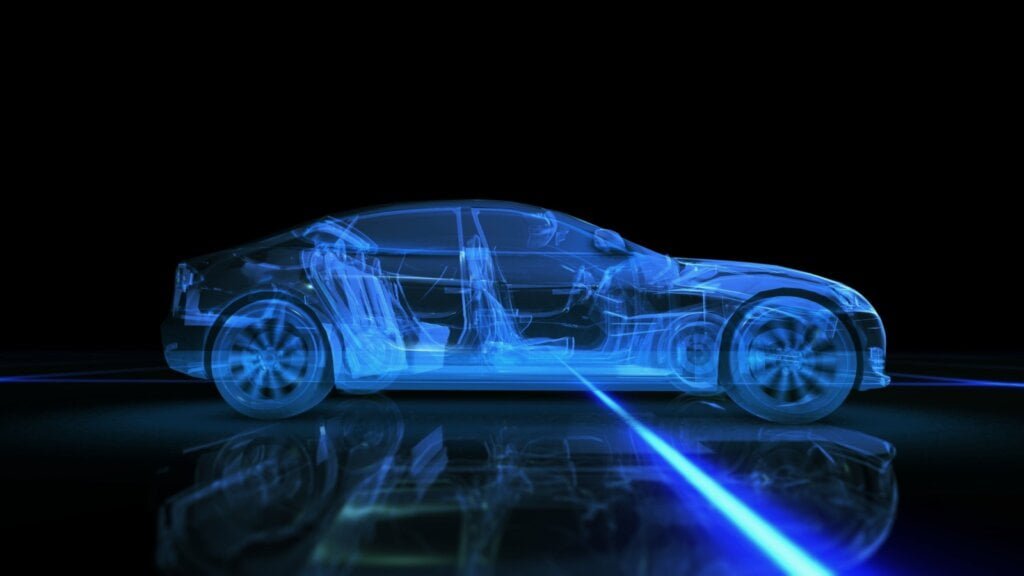
In the dynamic world of automobiles, some cars stand out for their remarkable longevity and enduring performance. These road warriors have earned a reputation for running seemingly forever, outpacing their counterparts. This article will explore 14 such vehicles and the reasons behind their legendary durability.
14 Cars With A Reputation For Running Forever And Why They Outperform The Rest
